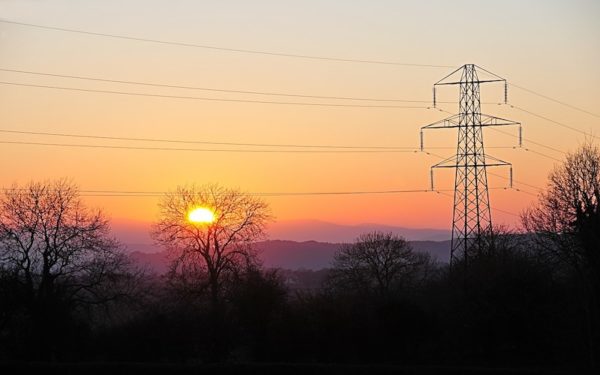Fighting Climate Change, One State at a Time
States need to rise to the occasion and fight climate change on a local level

States need to rise to the occasion and fight climate change on a local level

The Trump administration has launched an all-out legal attack on states’ authority to set climate change policy, but the president has come to the fight That’s why we’re urging state and local leaders to remain steadfast in pursuing environmental and climate change policies they know will improve the health of the planet.
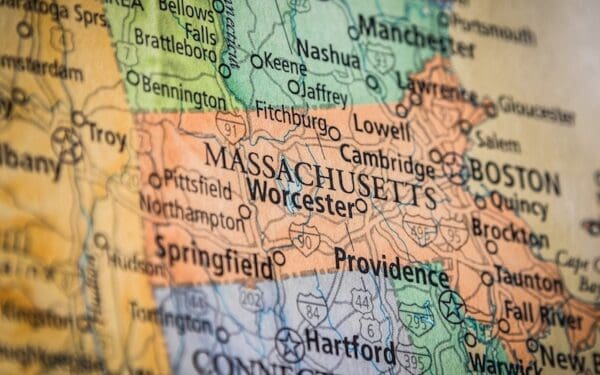
We’re fighting for bills and budgets that prioritize the environment

Climate Superfund bills could make the worst climate polluters fund projects to protect New Englanders from the impacts of climate change.
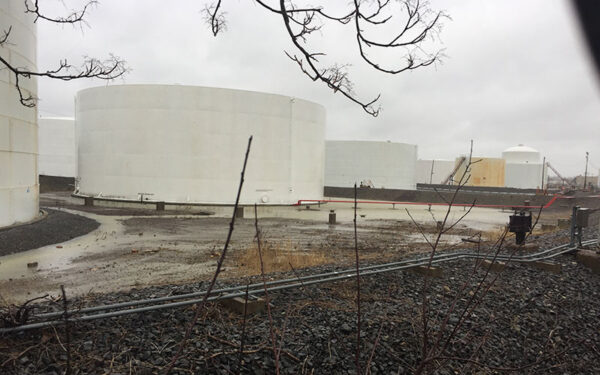
The Trump administration has taken aim at NOAA and the EPA. We’re ready to fight back.
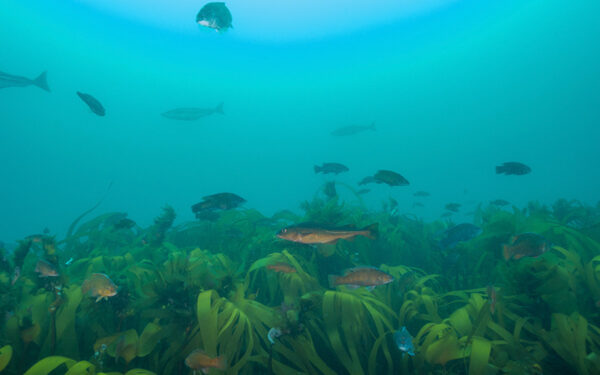
Climate and clean energy advocates from across Connecticut gathered at the State Capitol and called for improved access to cost-saving clean energy, lower pollution, and build healthy and resilient communities.
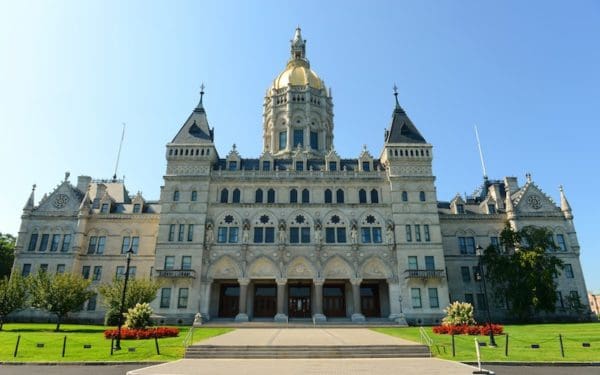
The Trump administration is working to roll back environmental justice protections like Justice40 and Title VI – but can they really do that? Undoing these policies won’t be easy, but their strategy goes beyond legal challenges. Learn how communities can fight back against these attacks on clean air, safe water, and environmental equity.
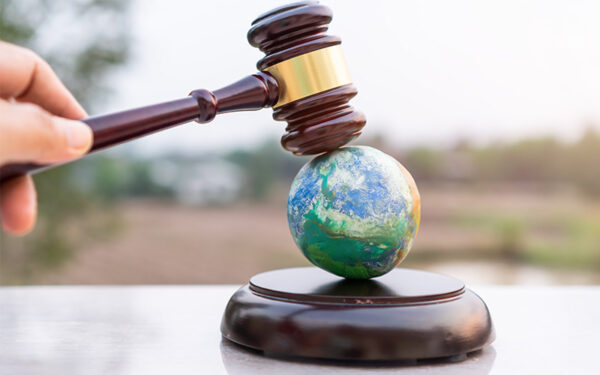
Methane leaks kill trees and contribute to dangerous heat islands.
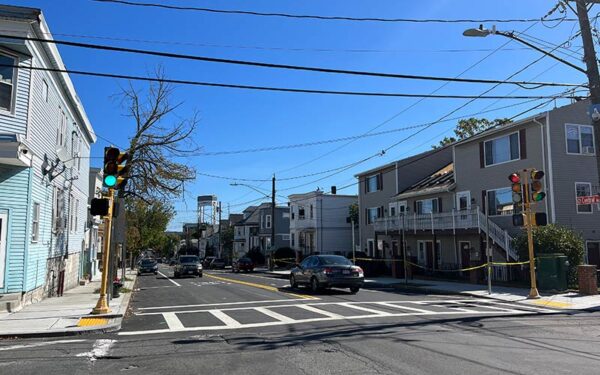
The fossil fuel industry is challenging a first-of-its-kind law meant to protect the wallets of Vermont families and businesses who are currently paying to cleanup and repair damage after extreme storms caused by climate change.
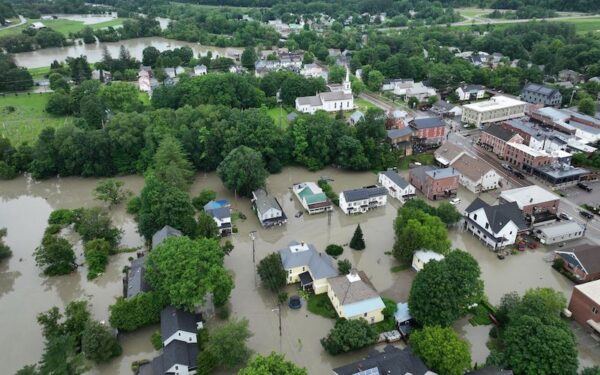
The Massachusetts legislature passed, and Governor Maura Healey has signed, a climate law that may be the first step toward a clean, reliable, and economical grid that will be less prone to outages and more resistant to extreme weather.
